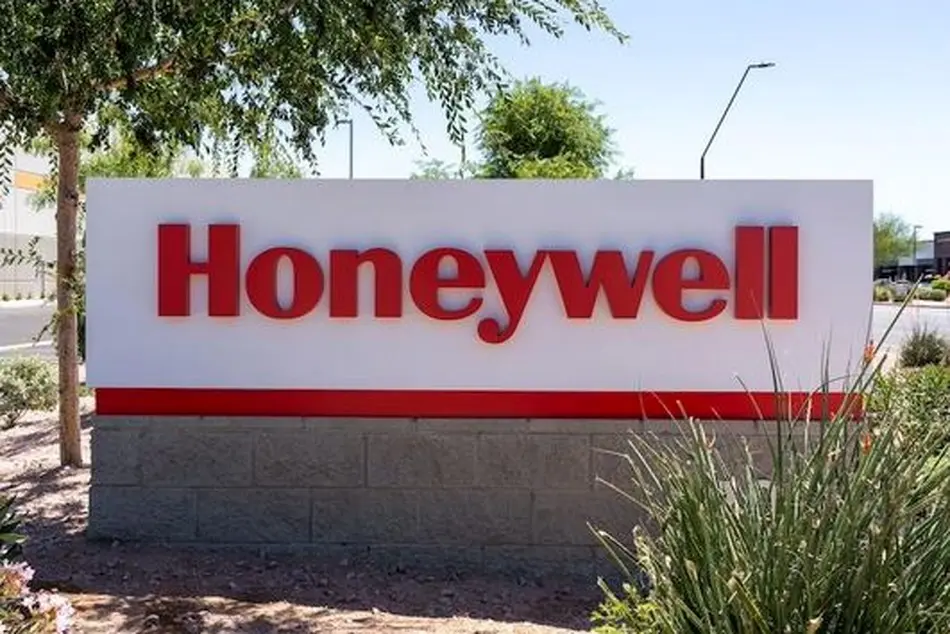Honeywell Details Plan To Split After Activist Push
Kapur said the aerospace unit, as a standalone business, could be better positioned to pursue future business, including in areas such as electrification and automation. He flagged that the company has already secured around $10 billion in business through wins in the advanced air mobility sector.

Honeywell International’s future as an industrial conglomerate all but ended in November 2024 when Elliott Investment Manager made the company its latest shakeup target. Now, Honeywell has made it official: It will follow the path of General Electric and United Technologies Corp. and split into different parts.
The breakup of the company is due to happen in the second half of 2026, Honeywell said in a Feb. 6 statement, as it works to arrange a tax-free separation into Honeywell Aerospace and Honeywell Automation. The spin-off of the third part, Advanced Materials, already is underway and could be achieved this year, the company said.
"As Aerospace prepares for unprecedented demand in the years ahead across both commercial and defense markets, now is the right time for the business to begin its own journey as a standalone, public company,” Honeywell Chairman and CEO Vimal Kapur said in a statement.
The move won the backing of Elliott, the activist that invested more than $5 billion in the Charlotte, North Carolina-based industrial conglomerate and urged the breakup.
The company has not yet determined whether the aerospace or automation operation will legally remain as Honeywell, or which segment will be the one to be spun off. For now, the leadership team is expected to remain unchanged, with decisions on the future management setup to be determined.
Kapur said the aerospace business will be set up with a strong investment-grade credit rating.
Honeywell disclosed the split plan along with full-year 2024 results. Those show the aerospace business—which accounted for about 40% of total company sales—generating $15 billion in revenue, with a 26% earnings margin. Sixty percent of the turnover is generated by commercial markets (46% of which comes through after market activities), with 40% of sales from defense and space operations. Around 63% of the business is generated from customers in the Americas, the company said.
Kapur said the aerospace unit, as a standalone business, could be better positioned to pursue future business, including in areas such as electrification and automation. He flagged that the company has already secured around $10 billion in business through wins in the advanced air mobility sector.
Honeywell will continue to consider acquisition opportunities even as it works on the split, Kapur said. Other aerospace investments will also proceed.
The split could come with $1.5-$2 billion in one-time cost, Honeywell said.
Honeywell, which generated a combined $38.5 billion in sales, up 5% from the year prior, expects turnover this year to reach $39.6-$40.6 billion, reflecting also some planned disposals. The Aerospace Technologies segment should see high single-digit growth in this year, the company said. Growth is expected to be strongest in commercial original equipment, it said.
Honeywell’s acquisition of CAES Systems Holdings will put pressure on aerospace margins in the current year.
Kapur said the guidance reflects anxiety among some of its customers given current geopolitical turmoil that is damping demand. The company has not included any potential tariffs being imposed between the U.S. and other markets in its outlook.


